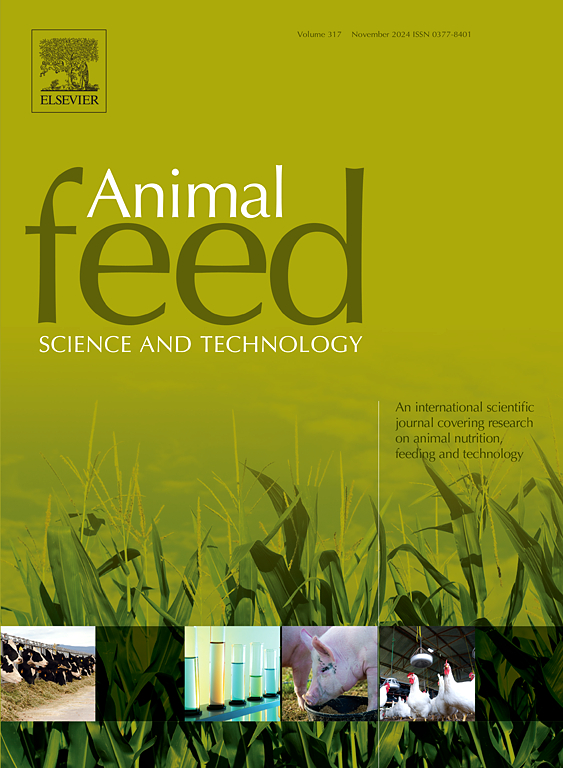Biobased functional feed additives in Asian aquaculture: Trends, impacts, and future directions
IF 2.5
2区 农林科学
Q1 AGRICULTURE, DAIRY & ANIMAL SCIENCE
引用次数: 0
Abstract
Asian countries, as the leading producers of aquaculture, focused on intervention in feed and underscored the strategic utilization of additives. Thus, due to the growing importance of functional feed additives, there has been a need for a comprehensive review focusing on biobased fish feed additives in Asia. This review presents pertinent information on latest trends and impacts of biobased functional feed additives in Asian aquaculture, through a meticulous search strategy utilizing online databases. The additives include probiotics, microalgae, seaweed, medicinal herbs, and yeast. The bibliometric study reveals that in the majority of observations (78 % to 86 %), additives exhibited growth effects, with microalgae demonstrating the most pronounced decline (15 %) in growth. Medicinal plants had the most significant positive effect (93 %) on immunity, while seaweed, probiotics, and microalgae showed no negative effects on immunity. Seaweed, in particular, exhibited enhanced feed utilization in 93 % of cases. Hierarchical clustering analysis revealed two distinct clusters of feed additives based on their cumulative effects on growth, immunity, and feed utilization, indicating their efficacy. Seaweed was identified as highly effective across all parameters. Recent research focuses on broadening the scope and methods of administration of additives and studying their impacts on valuable and nutritious species like shellfish. Key findings reveal that China and India are the top countries in biobased functional feed additive research. Future research should include effective application techniques and quantities for probiotics and medicinal plants. It should also examine the precise modes of action, study specific immunity to improve disease management, and explore indigenous sources. Finally, maximizing the benefits of underutilized additives such as yeast and seaweed is crucial. This updated knowledge highlights the significance of biobased feed additives to ensure productivity and sustainability in aquaculture.
求助全文
约1分钟内获得全文
求助全文
来源期刊

Animal Feed Science and Technology
农林科学-奶制品与动物科学
CiteScore
6.00
自引率
6.20%
发文量
266
审稿时长
3 months
期刊介绍:
Animal Feed Science and Technology is a unique journal publishing scientific papers of international interest focusing on animal feeds and their feeding.
Papers describing research on feed for ruminants and non-ruminants, including poultry, horses, companion animals and aquatic animals, are welcome.
The journal covers the following areas:
Nutritive value of feeds (e.g., assessment, improvement)
Methods of conserving and processing feeds that affect their nutritional value
Agronomic and climatic factors influencing the nutritive value of feeds
Utilization of feeds and the improvement of such
Metabolic, production, reproduction and health responses, as well as potential environmental impacts, of diet inputs and feed technologies (e.g., feeds, feed additives, feed components, mycotoxins)
Mathematical models relating directly to animal-feed interactions
Analytical and experimental methods for feed evaluation
Environmental impacts of feed technologies in animal production.
 求助内容:
求助内容: 应助结果提醒方式:
应助结果提醒方式:


